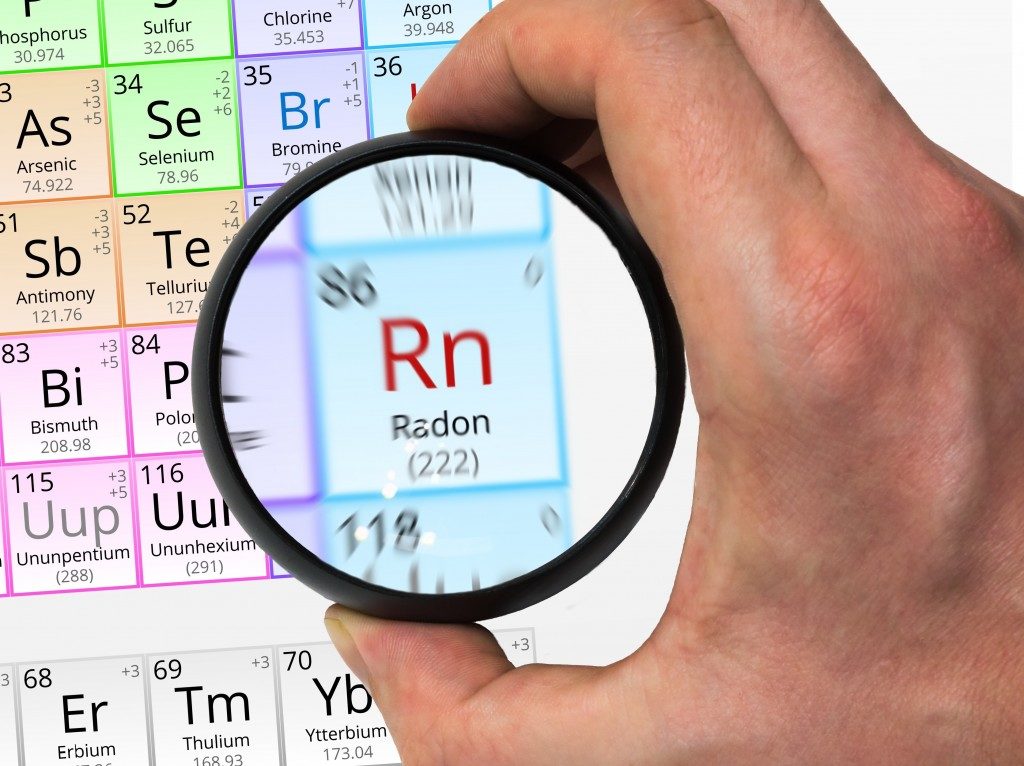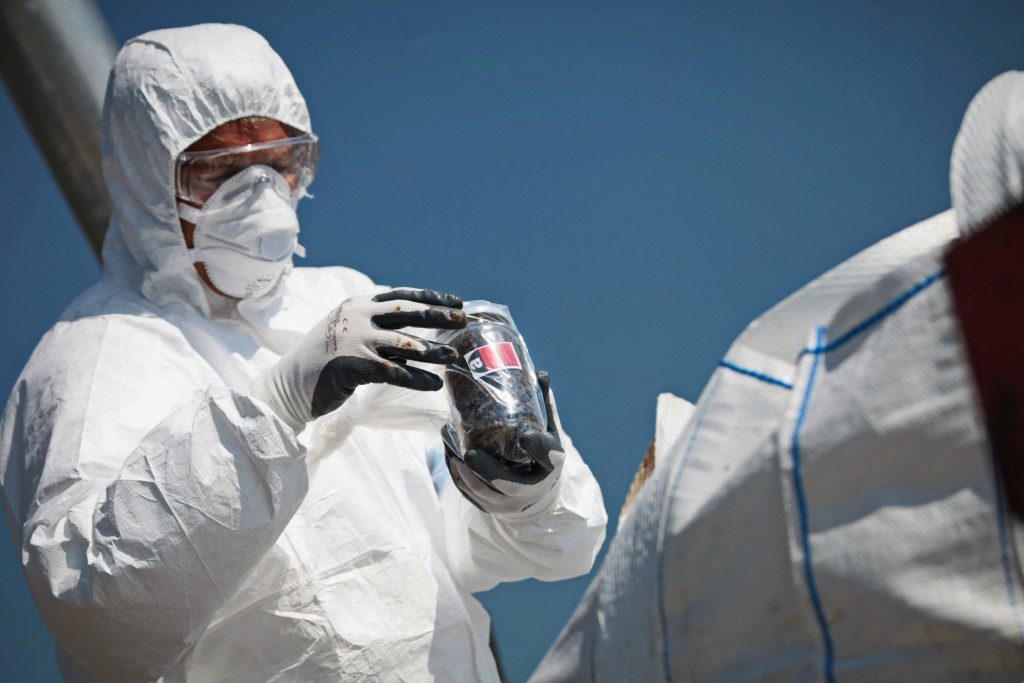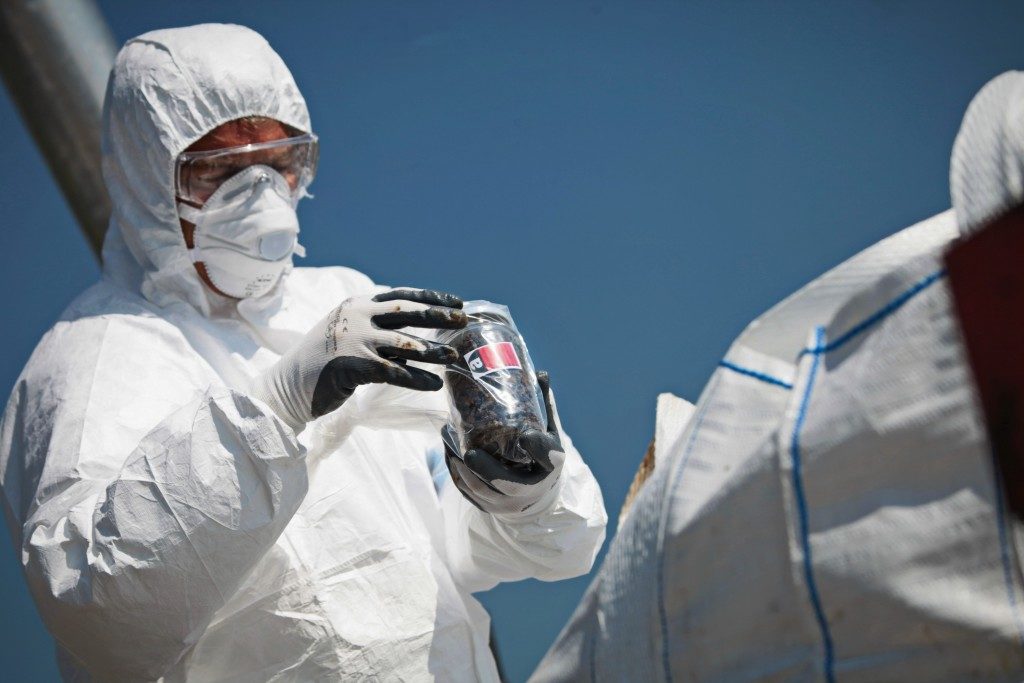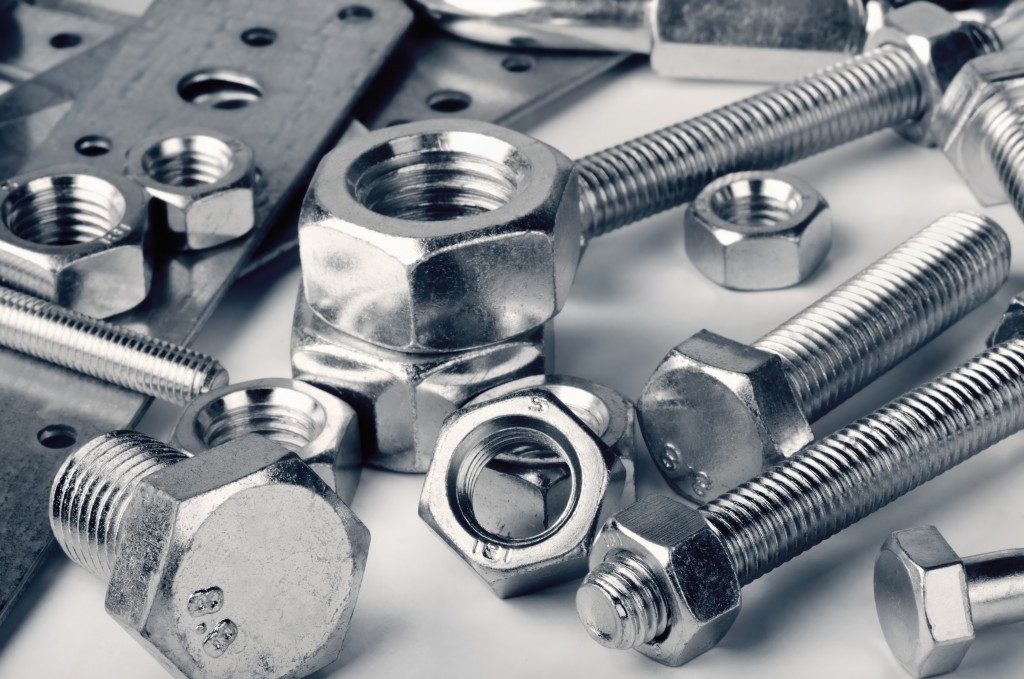 Radon gas is a naturally occurring byproduct of the radioactive decay of chemicals, particularly Uranium, in the soil. It breaks down into tiny, short-lived radioactive particles called radon progeny that could penetrate and damage the lining of the lungs.
Radon gas is a naturally occurring byproduct of the radioactive decay of chemicals, particularly Uranium, in the soil. It breaks down into tiny, short-lived radioactive particles called radon progeny that could penetrate and damage the lining of the lungs.
Radon progeny — such as lead-214, polonium-214, and polonium-218 — can attach themselves to dust and other small particles, where an individual could (unfortunately) breathe them in. Both radon and radon progeny give off radiation that could damage the DNA inside the cells. When that happens, lung cancer may take place, especially after long-term exposure.
Radon is a colorless and odorless gas, which can be found both indoors and outdoors. While it is in the air that we breathe every day, there is no need to worry because it is normally at low levels — 0.4pCi/L (outdoors) and 1.3pCi/L (indoors) on average.
Nevertheless, it would be best to be safe than sorry, as radon levels in your home should not exceed 4 pCi/L. In fact, radon levels between 2 pCi/L and 4 pCi/L should already be a concern, so you have to make some measures immediately to lower it down.
The negative effect of radon exposure is enough of a concern for the Environmental Protection Agency (EPA) that they recommend regular testing in every American home.
How radon enters your home
Most types of soil contain radon. The most typical entry points are gaps in the floors and pores in the concrete. There is no way to know whether the levels of trapped radon gas are unsafe unless you do the standard tests. The test is usually done in the room the family uses most often. Aerolite Group noted that a home inspection team would be able to help you identify the best site for testing, so better call one as soon as possible to be sure.

The necessity for re-testing
As radon gas could enter from the ground (where your home is standing), there are many reasons why you should perform radon testing. At least every other year or every five years are the recommended standard given a value below 4 pCi/L.
Like humans, a house ages through time, and along with that could be drastic changes in the foundation. A change in your living pattern is enough reason to do a retest, as well as when you have just completed a renovation.
When else does testing for radon gas become relevant? Houses are also tested during the point of sale and upon installation of a radon mitigating system to monitor progress.
Radon mitigation
The best results come from long-term testing. Short-term tests are not as accurate, although its results are still acceptable. Remember that a 4 pCi/L level could already pose a significant health risk. The aim of implementing mitigation technology is to reduce the levels of radon gas, so that it equalizes with the outdoors.
If you want to determine the radon gas levels in your home by yourself, there are test kits available from a hardware store near you. You can order from a certified provider through their website. Of course, doing this is acceptable only if you truly know what to do.


